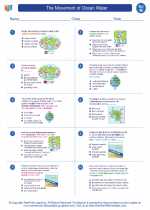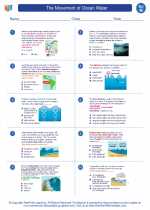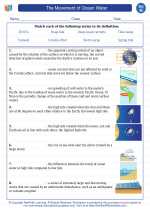What is a Delta?
A delta is a landform that forms at the mouth of a river, where it meets a body of water, such as an ocean, sea, or lake. It is formed by the accumulation of sediments, such as sand, silt, and clay, that are carried by the river and deposited at its mouth.
Formation of a Delta
When a river flows into a body of water, its velocity decreases, causing it to deposit the sediments it has been carrying. Over time, these sediments build up and form a fan-shaped delta. The formation of a delta is influenced by factors such as the volume of water flow, the sediment load, and the tidal and wave actions of the body of water it flows into.
Types of Deltas
There are three main types of deltas: arcuate, bird's foot, and cuspate. Arcuate deltas have a triangular shape, while bird's foot deltas have elongated projections resembling a bird's foot. Cuspate deltas have triangular shapes with curved edges.
Importance of Deltas
Deltas are important ecosystems that support a diverse range of plant and animal species. They also provide valuable habitats for migratory birds and serve as breeding grounds for many aquatic species. Deltas are also important for human populations, as they provide fertile soil for agriculture and serve as important transportation routes and sources of freshwater.
Study Guide
- Describe the formation of a delta and the factors that influence its formation.
- Compare and contrast the three main types of deltas.
- Explain the ecological and human importance of deltas.
- Identify and locate major deltas around the world, and describe their unique characteristics.
[Delta] Related Worksheets and Study Guides:
.◂Science Worksheets and Study Guides Eighth Grade. The Movement of Ocean Water

 Worksheet/Answer key
Worksheet/Answer key
 Worksheet/Answer key
Worksheet/Answer key
 Worksheet/Answer key
Worksheet/Answer key
 Vocabulary/Answer key
Vocabulary/Answer key
 Vocabulary/Answer key
Vocabulary/Answer key
